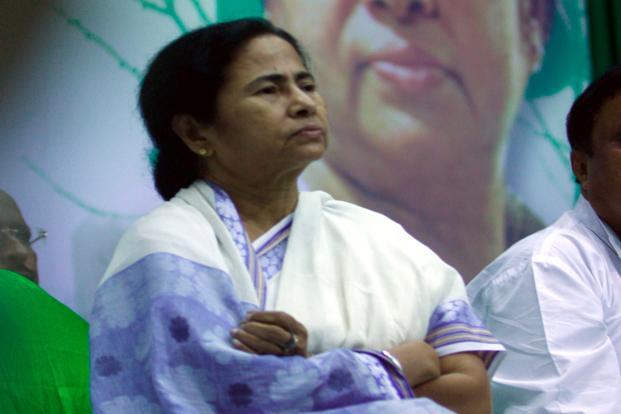The budget is not disappointing—it’s not that it delivered; it’s because of the fact that expectations from Pranab Mukherjee were very low. His initial comments such as “there should be no room for complacency”, “it is necessary to take hard decisions”, and “we have to accelerate the pace of reforms” raised high hopes, but by the time the finance minister finished his one-and-a-half-hour presentation, all hopes were dashed.
Jayachandran/Mint
There is no attempt to push reforms or paint the big picture. And, there is no vision. At best, Mukherjee’s budget is incremental in nature. He has merely carried on a maintenance job, within the constraints of a coalition government. It’s not inflationary as whatever little money individuals will get following the tinkering with the income-tax slabs will be spent on service tax. If that’s good news, the bad news is there’s nothing in this budget to push the growth agenda.
The references to the direct taxes code and the goods and services tax are meaningless as no time frame is given for their implementation. Similarly, the amendments to the Fiscal Responsibility and Budget Management Act do not say much about the government’s commitment to fiscal consolidation. The finance minister has given lip service to reforms and the growth agenda, but when it comes to action, the politician in him is cautious and not willing to step off the beaten track. In fact, his focus on indirect taxes for revenue generation and creation of multiple slabs for different sectors is an avoidable, regressive step.
Watch Video
Mint editors in Mumbai debate Budget 2012 and whether it can really tackle the fiscal deficit and bring back growth in investment.
Loading Video
Amid all the criticism, one positive takeaway from this year’s budget is that it’s probably more credible than the previous year’s. All estimates—on growth, fiscal deficit and government borrowing programme —last year were wide off the mark, but this time around, it seems, Mukherjee has taken a careful look at the mathematics behind the numbers. The estimated fiscal deficit of 5.1% of gross domestic product (GDP) is in sync with market expectations and is achievable, provided the government is ready to raise the prices of petroleum products to cut the subsidy burden. The budget has not spoken about this, but one presumes that the government will do so as it has kept the subsidy outgo as a percentage of GDP at 2%, down from the current 2.4%. Besides, the 18% projected growth in Plan expenditure seems a bit ambitious, and in case there is a shortfall in revenue, there is room to cut Plan expenditure.
• View an interactive graph on how govt gets and spends its money
The onus on bridging the fiscal deficit is on the country’s banking system. The government plans to borrow a record Rs5.7 trillion from the market in fiscal 2013, higher than current fiscal’s Rs5.1 trillion. With about Rs90,000 crore worth of bonds due for redemption, the net borrowing will be Rs4.79 trillion, higher than current year’s Rs4.35 trillion.
If one takes into account the state development bonds that will be floated by the states to raise money, the overall requirement will be about Rs6 trillion, net of redemptions. This is about 75% of the annual deposit mobilization in the Indian banking system.
Indeed, provident and pension funds, too, buy government bonds, but the bulk of the borrowing is supported by banks. So, there will be very little money left for companies to borrow. This means the Reserve Bank of India (RBI) will have to aggressively sell bonds through the so-called open market operations (OMOs) to generate liquidity.
This year, RBI infused Rs1.24 trillion through OMOs. It will need to infuse much more in 2013. Such a huge government borrowing will also put pressure on interest rates, and it will not be easy for the central bank to go on a rate-cutting spree. The rise in bond yields after the presentation of the budget is an indication that the market is not enthused about such a high borrowing programme. Those who have been expecting the policy rate to come down from 8.5% to 7% or even lower during the year may be disappointed. RBI does not have too much room for an ultra-loose monetary policy after such a directionless budget.



